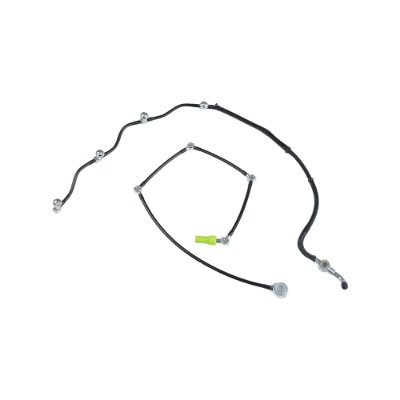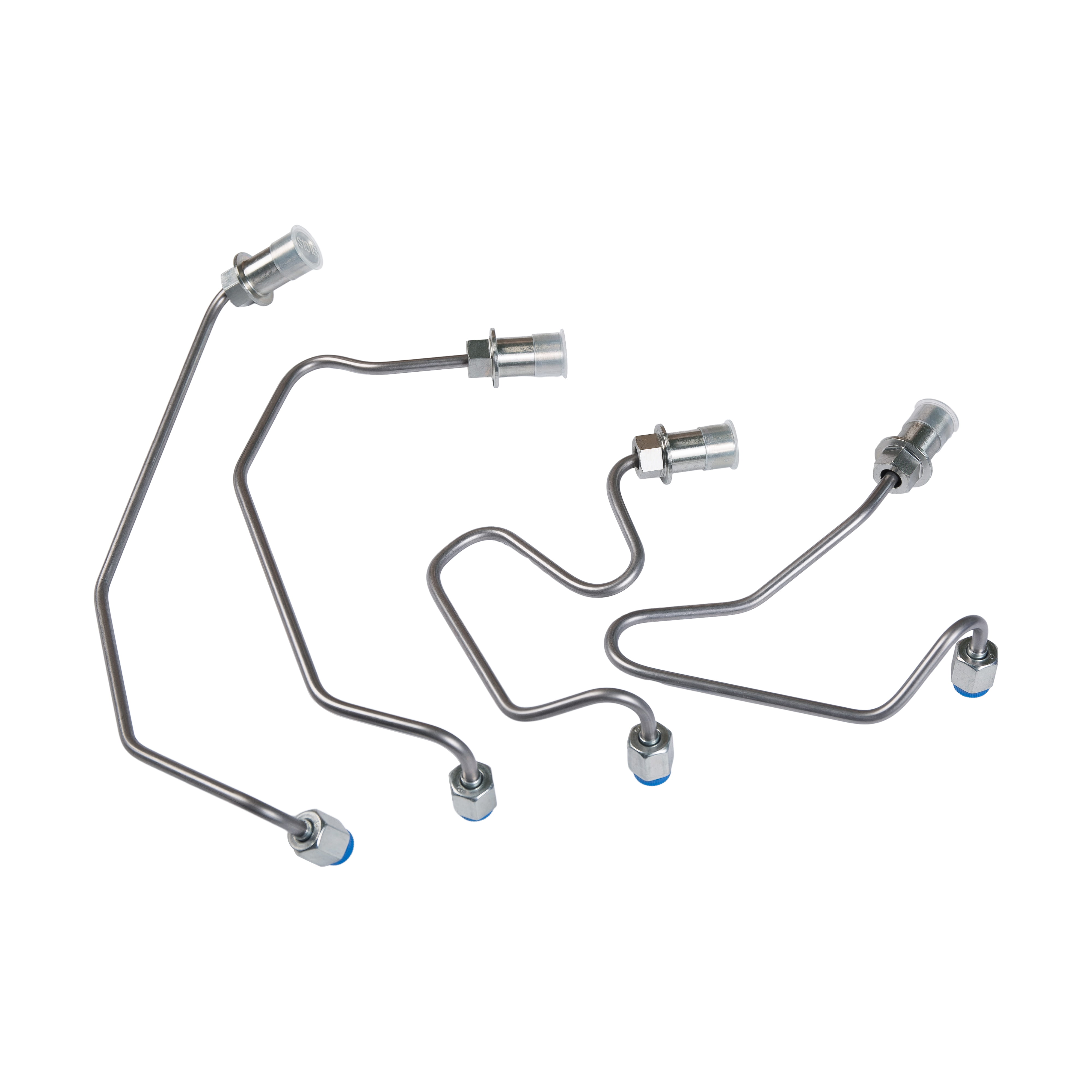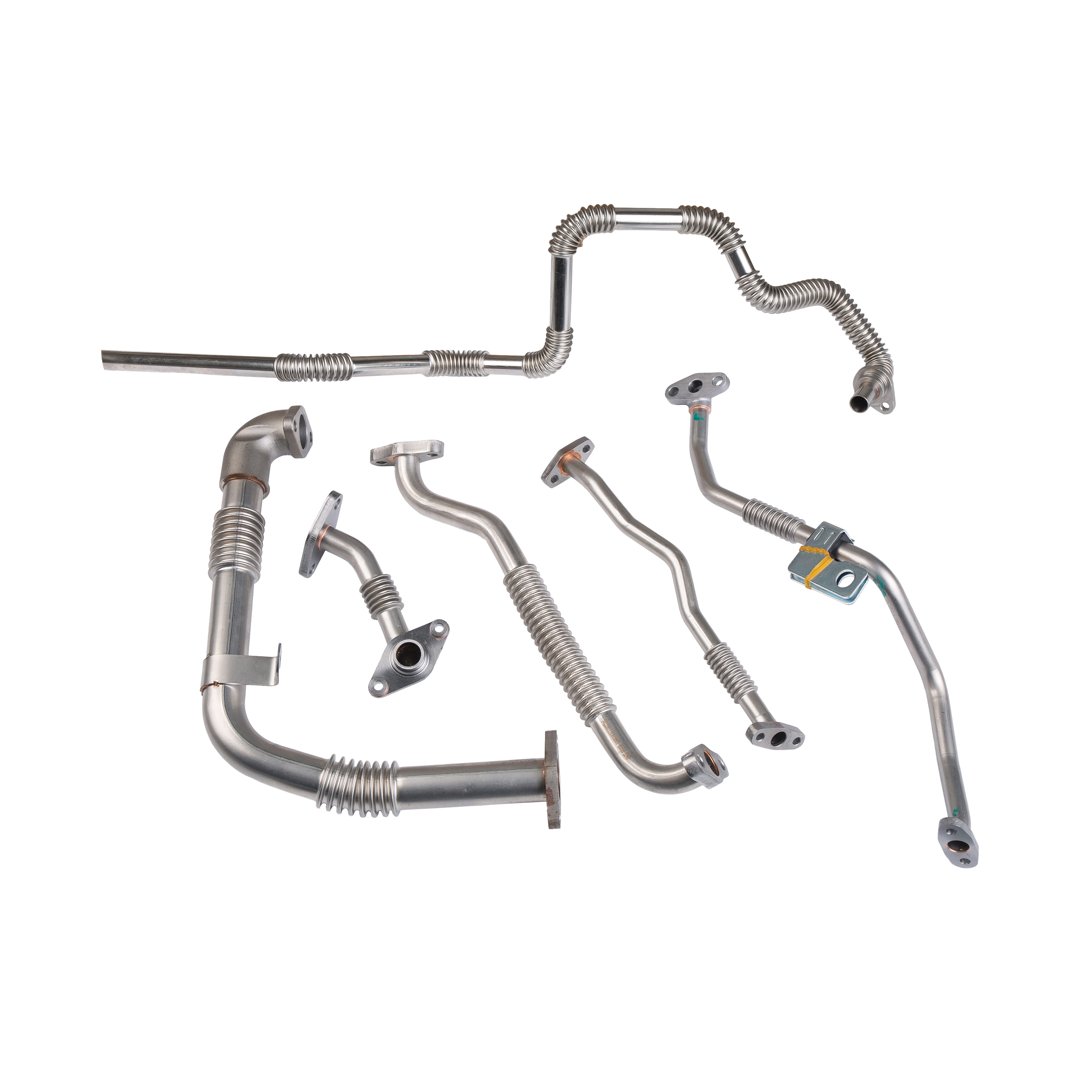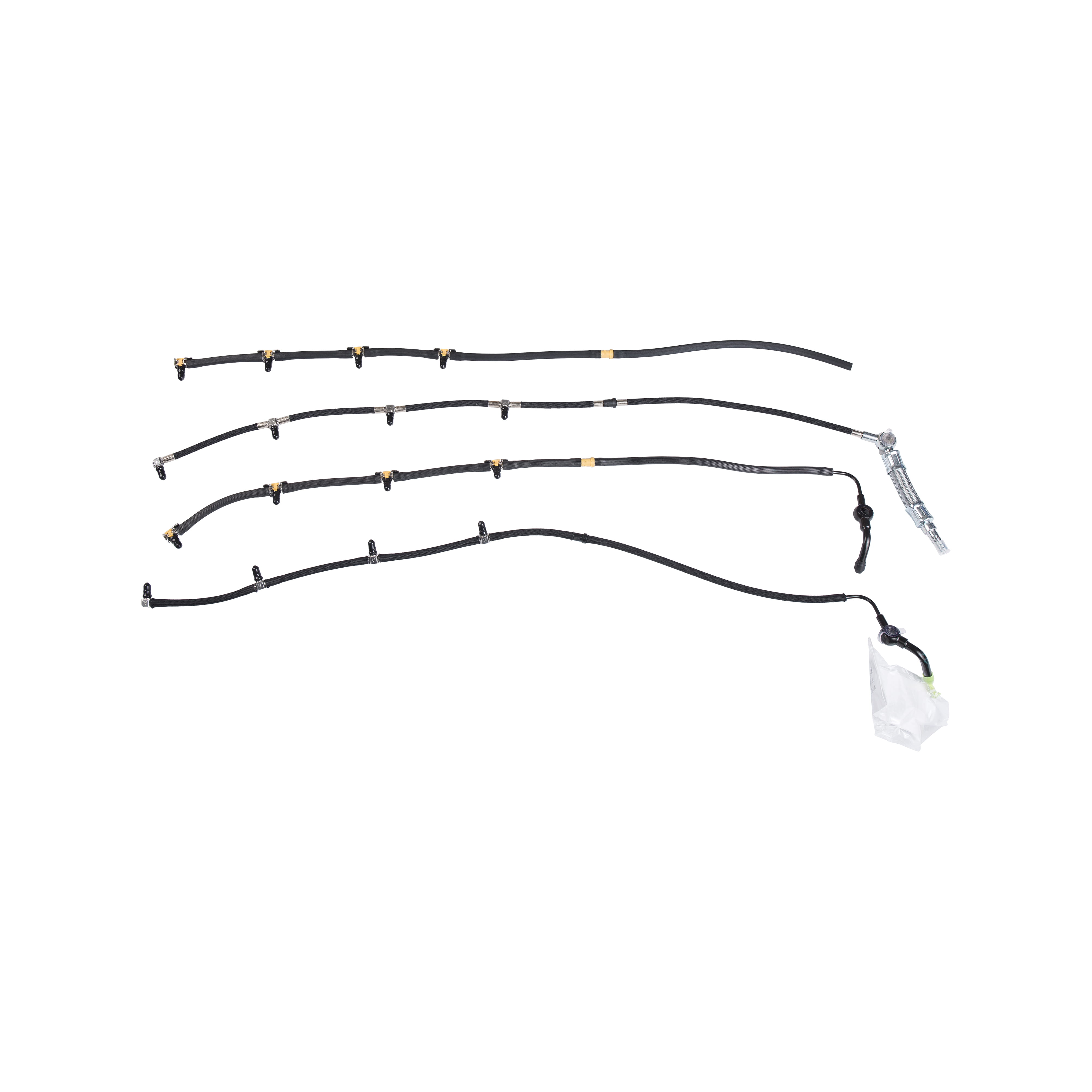The low-pressure oil pipe in an engine plays a critical role in maintaining the overall health and efficiency of the engine. It serves as a conduit for oil to circulate through various engine components, ensuring proper lubrication, cooling, and cleaning. Any malfunction or blockage in this pipe can severely affect engine performance, leading to potential damage or complete engine failure. Below is an exploration of how the engine low-pressure oil pipe impacts engine performance and why it is crucial for optimal engine operation.
1. Lubrication of Engine Components
One of the primary functions of the low-pressure oil pipe is to carry oil from the oil pump to various engine parts that require lubrication. This includes parts like the crankshaft, camshaft, pistons, and valves. Proper lubrication reduces friction between moving parts, preventing excessive wear and tear. When the low-pressure oil pipe is functioning correctly, oil is delivered in the right amount to all parts, ensuring smooth engine operation.
If there is a malfunction, such as a blockage, leak, or even a slight drop in pressure, the oil flow to crucial engine components may decrease. This can lead to insufficient lubrication, increasing the friction between engine parts and resulting in overheating, excessive wear, and potentially catastrophic failure over time.
2. Maintaining Oil Pressure
The low-pressure oil pipe is integral to maintaining a steady oil pressure throughout the engine. The oil pump generates the pressure needed to ensure that oil is effectively circulated through the engine’s various components. Low-pressure oil pipes, unlike high-pressure pipes, are designed to carry oil at a lower pressure but still crucial to ensuring a consistent oil flow to the engine's less critical parts.
When there is a problem with the oil pipe, such as a blockage or leak, oil pressure can fluctuate, leading to inconsistent oil distribution. A drop in oil pressure can trigger the engine's warning light, indicating that there is an issue with the lubrication system. Low or fluctuating oil pressure can significantly reduce engine performance, leading to overheating, poor fuel efficiency, and increased engine wear.
3. Cooling the Engine
In addition to lubrication, engine oil also plays a key role in cooling the engine. As the oil circulates through the engine, it picks up heat from the engine parts and carries it away. The low-pressure oil pipe helps transport this oil to various parts of the engine, ensuring that heat is effectively distributed and dissipated.
If the oil flow through the low-pressure oil pipe is disrupted, the engine may not cool properly. This could lead to engine overheating, which can cause the engine components to expand and become damaged. Overheating also increases the chances of oil breakdown, which reduces the oil's ability to lubricate and cool the engine, creating a vicious cycle of damage.
4. Engine Cleaning and Contaminant Removal
Engine oil not only lubricates and cools the engine but also helps in cleaning it. As the oil flows through the engine, it picks up dirt, debris, and combustion byproducts. These contaminants are carried to the oil filter, where they are removed. If the low-pressure oil pipe is functioning properly, it ensures that oil is circulated at a consistent rate, carrying contaminants away from engine parts and into the filter.
However, if the low-pressure oil pipe becomes clogged or there are irregularities in the oil pressure, the flow of oil may be impeded. This can result in insufficient cleaning and the build-up of dirt and contaminants within the engine. Over time, these contaminants can damage engine parts, reduce efficiency, and increase the likelihood of component failure.
5. Preventing Engine Seizure
Without a functioning low-pressure oil pipe, the risk of engine seizure significantly increases. Engine seizure occurs when the engine parts, such as the pistons, camshaft, or crankshaft, become locked due to excessive friction caused by inadequate lubrication. Without a constant flow of oil to keep these parts lubricated, the engine can overheat, the parts can become welded together, and eventually, the engine can seize up completely.
The low-pressure oil pipe plays a key role in preventing this. It ensures that oil is constantly circulating, maintaining a sufficient level of lubrication throughout the engine, which in turn prevents engine parts from seizing due to excessive friction.
6. Impact on Fuel Efficiency
A properly lubricated engine operates more efficiently. When all moving parts are adequately lubricated, they can move freely, reducing the amount of energy required to operate the engine. This leads to improved fuel efficiency and lower fuel consumption. Conversely, if the low-pressure oil pipe is blocked or damaged, the engine parts experience more friction, causing the engine to work harder and consume more fuel.
In the long run, this reduction in efficiency can lead to poor fuel economy, increasing the cost of running the vehicle. Ensuring that the low-pressure oil pipe is in good working condition is essential to maintaining the engine's fuel efficiency and minimizing unnecessary fuel consumption.
7. Potential Consequences of Low-Pressure Oil Pipe Failure
If the low-pressure oil pipe fails, the consequences for the engine can be severe. Depending on the severity of the failure, the following issues may arise:
Increased Wear and Tear: If oil is not circulating properly, engine parts will be subject to excessive friction, leading to premature wear and tear. This can significantly reduce the lifespan of the engine.
Overheating: Without proper oil circulation, the engine is at a higher risk of overheating, which can cause irreparable damage to critical components such as the pistons, cylinder heads, and even the engine block.
Loss of Engine Power: Insufficient lubrication can cause components to seize, which directly affects engine power. This can result in a loss of acceleration, reduced engine responsiveness, and even complete engine failure if not addressed promptly.
Expensive Repairs: If a low-pressure oil pipe issue is not resolved, it can lead to costly engine repairs or even a complete engine replacement. Regular maintenance of the low-pressure oil pipe can help avoid such expensive consequences.
The low-pressure oil pipe is an essential part of the engine’s lubrication and cooling system. It ensures the steady flow of oil to critical engine components, maintaining proper lubrication, cooling, and cleaning. Without it, the engine’s performance can degrade quickly, leading to overheating, excessive wear, and even catastrophic failure. Regular inspection and maintenance of the low-pressure oil pipe are crucial to ensuring the longevity and efficiency of the engine. A small issue in this part of the engine can lead to much larger, costlier problems down the line. Therefore, understanding the importance of this component and keeping it in optimal condition is essential for maintaining engine performance.


 English
English Español
Español русский
русский












